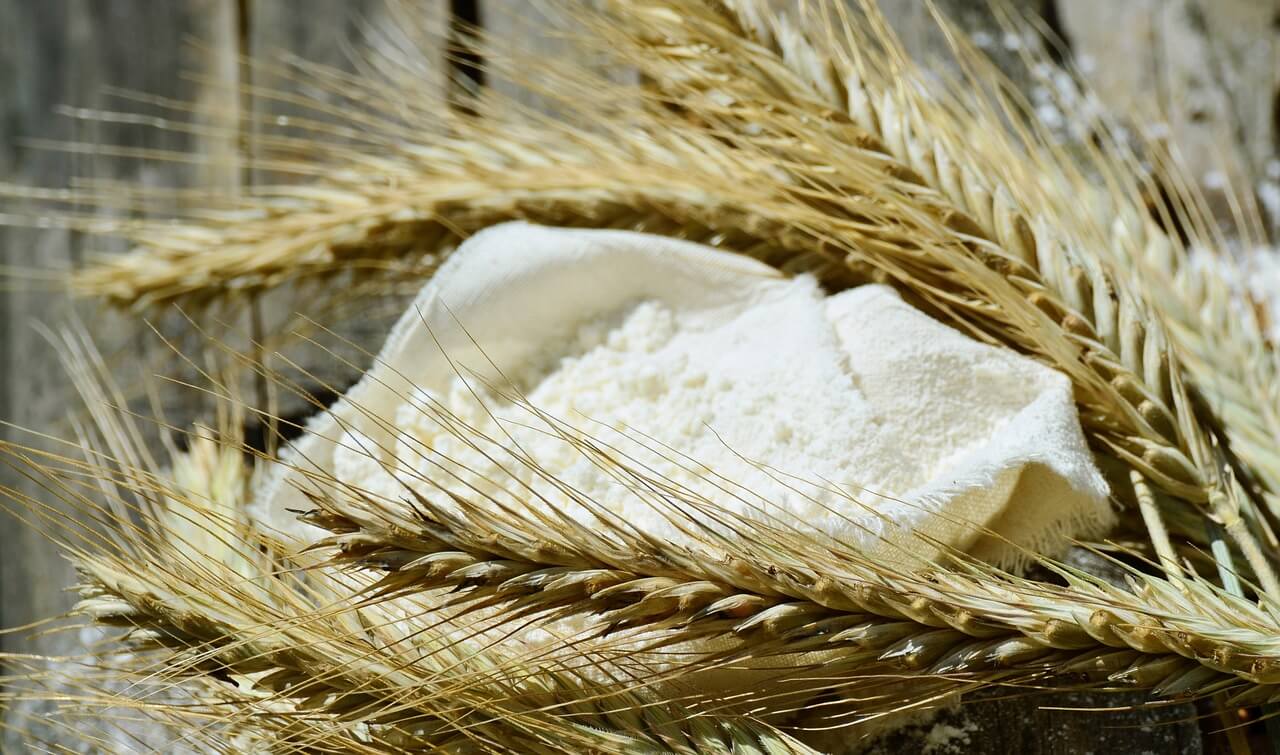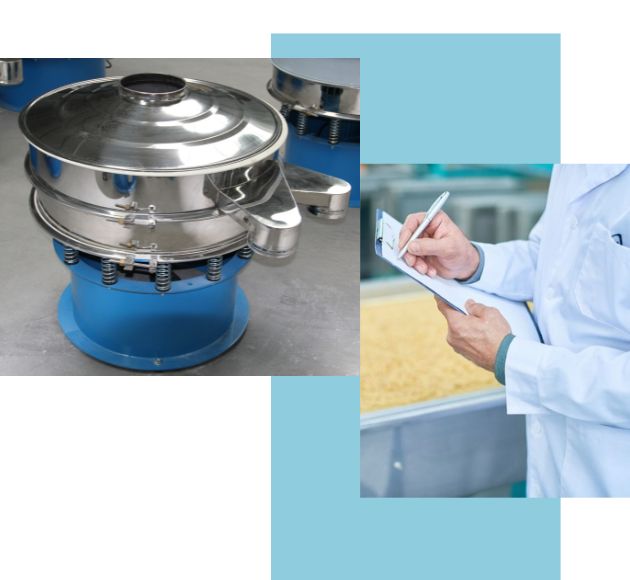In the competitive world of flour manufacturing, delivering consistent, high-quality products is the key to staying ahead. Whether your flour is destined for home kitchens or large-scale bakeries, ensuring it is smooth, lump-free, and pure can make or break your business. Yet, achieving this level of precision in production is no easy task. Lumps, impurities, and uneven textures can creep into the process, causing inefficiencies and dissatisfaction for end-users.
This is where flour sieving machines step in as a game-changer. Designed to tackle these challenges head-on, these machines bring automation, consistency, and precision to the manufacturing process. They not only ensure the removal of unwanted particles but also optimize production efficiency, reduce waste, and help manufacturers meet strict industry standards. In this blog, I’ll explore how these machines revolutionize flour production, helping manufacturers deliver seamless results while cutting costs and improving efficiency.
1. The Problem with Lumps in Flour Production
Lumps in flour production aren’t just a minor inconvenience—they can disrupt the entire manufacturing process. Lumpy flour creates inconsistencies in the texture and quality of the final product, which is a big issue for businesses aiming to deliver uniform results. For example, bakers rely on smooth, fine flour for dough to rise evenly. If the flour has lumps, it compromises the texture, resulting in subpar baked goods.

The problem goes beyond quality; production delays are a common consequence of dealing with lumpy flour. Manual sieving becomes necessary to fix the issue, which is both time-consuming and labor-intensive. Additionally, lumps may clog production equipment, causing costly downtime. These inefficiencies can lead to higher production costs and ultimately affect a manufacturer’s profitability.
Most critically, customer dissatisfaction arises when lumps affect the usability of flour. Retail buyers and industrial clients demand consistency, and failing to meet this expectation can result in negative reviews and lost business opportunities. The stakes are high, and that’s where flour sieving machines come in to solve these challenges.
2. How Flour Sieving Machines Work
Flour sieving machines are precision tools designed to streamline the production process. They work by employing advanced sieving mechanisms such as vibratory or centrifugal action. These technologies gently but efficiently sift flour through fine mesh screens, removing lumps, oversized grains, and unwanted impurities.
One of the standout features is automation. Unlike manual sieving, which is slow and inconsistent, flour sieving machines operate continuously, ensuring high throughput and consistent results. Many modern machines also allow for adjustable sieve sizes, so manufacturers can customize the fineness of the flour based on their specific needs.

Additionally, flour sieving machines enhance safety by preventing contamination. The enclosed systems reduce exposure to external pollutants, aligning with strict food safety standards. In essence, these machines replace the laborious manual process with a fast, efficient, and hygienic solution that transforms manufacturing workflows.
3. Real-World Impact: Success Stories from Flour Manufacturers
The adoption of flour sieving machines has revolutionized operations for countless flour manufacturers worldwide. For instance, a mid-sized milling company struggling with production bottlenecks due to manual sieving reported a 50% increase in output after implementing automated sieving machines. Not only did this eliminate delays, but it also drastically improved the consistency of their product, earning them long-term contracts with high-profile clients.
Another example comes from a large-scale manufacturer supplying flour to bakeries. By investing in sieving machines with customizable sieve sizes, they were able to cater to a wider range of client demands—from ultra-fine flour for cakes to coarser grades for artisan bread. The result? A 30% boost in customer satisfaction ratings and a significant reduction in material waste.
These stories underline the transformative power of flour sieving machines. By addressing key pain points in production, these machines help businesses achieve better efficiency, higher quality, and enhanced profitability—all while meeting the exacting standards of today’s market.

Flour sieving machines are more than just a tool—they are a strategic investment for manufacturers aiming to elevate their production processes. They solve critical challenges like lumps and impurities, delivering consistent quality that satisfies the most demanding clients. By automating the sieving process, they free up labor, reduce costs, and enhance overall efficiency, making them indispensable in today’s fast-paced manufacturing environment.
As the food industry continues to demand higher standards of quality and hygiene, flour sieving machines offer a practical, scalable solution. For any manufacturer looking to stay competitive and deliver excellence, these machines represent not just a convenience, but a necessity. The path to seamless manufacturing starts with the right tools, and flour sieving machines are undoubtedly one of the best investments a flour producer can make.
